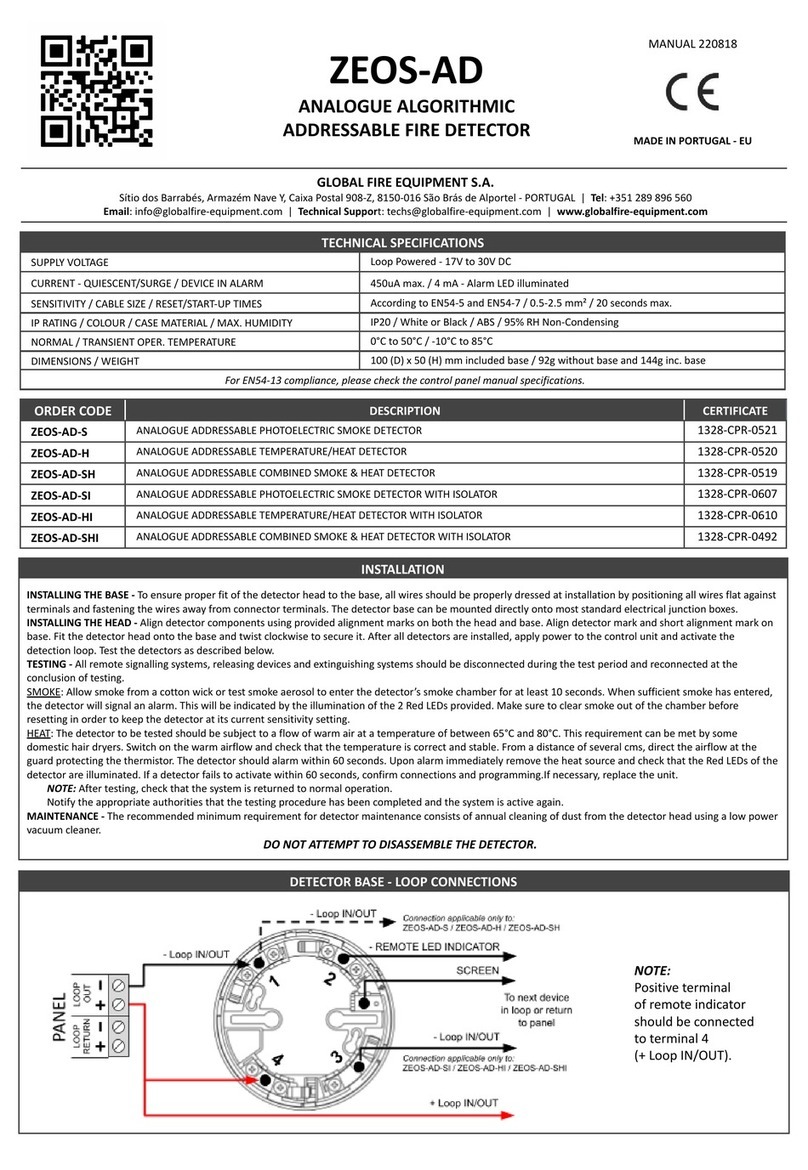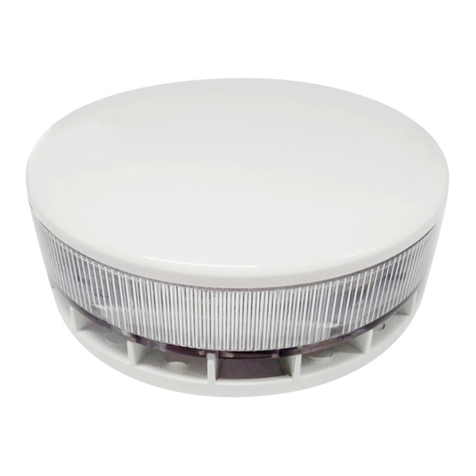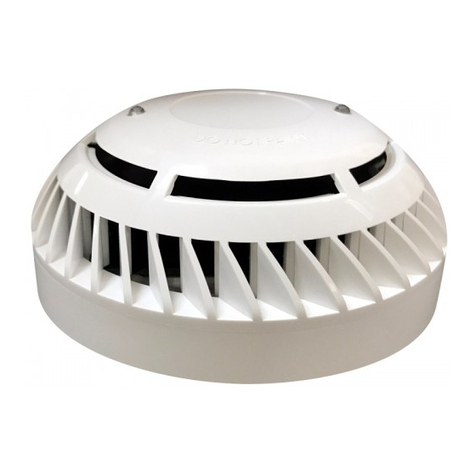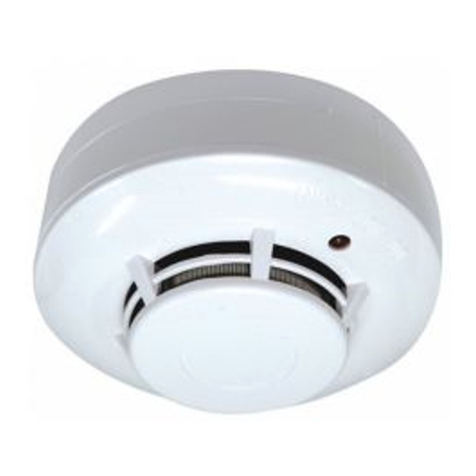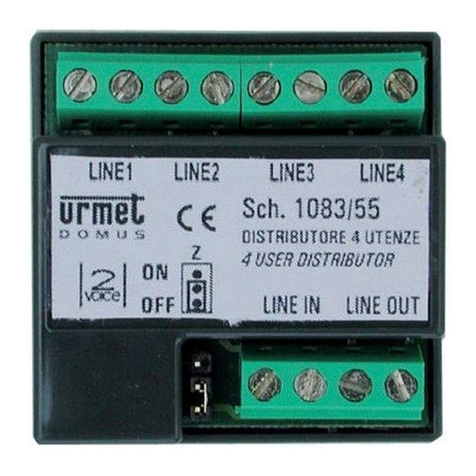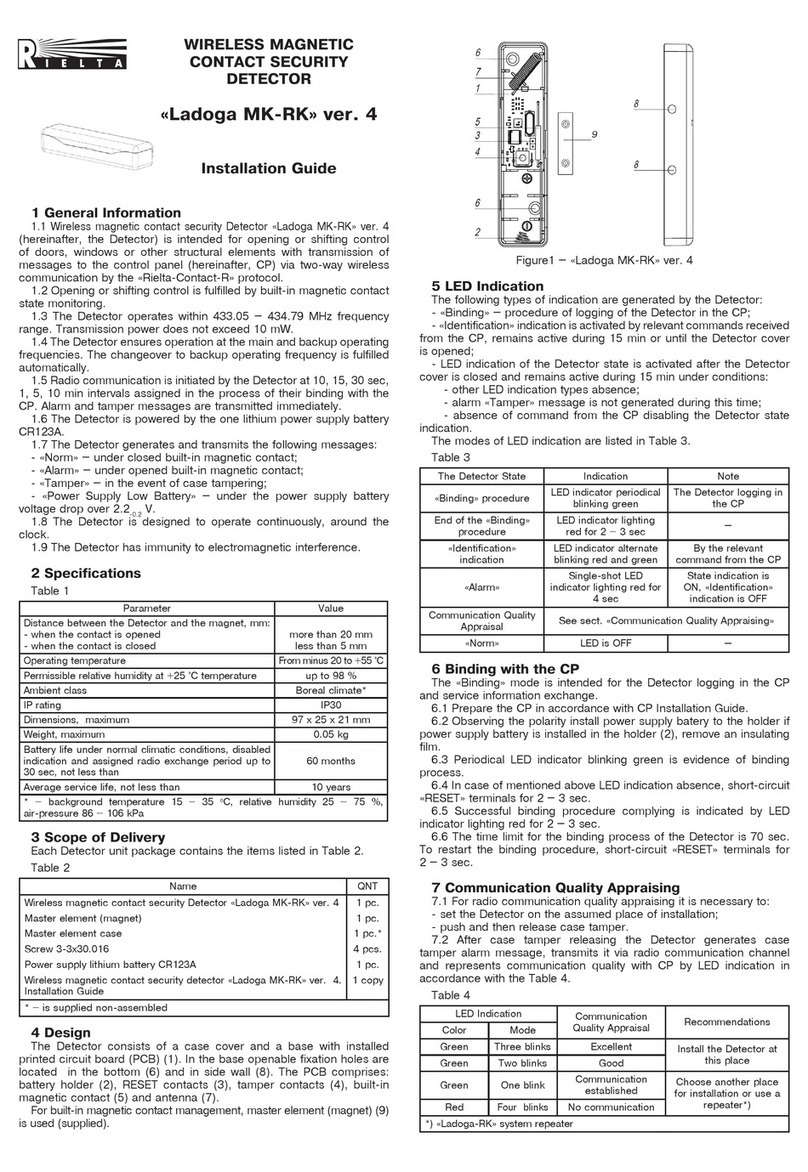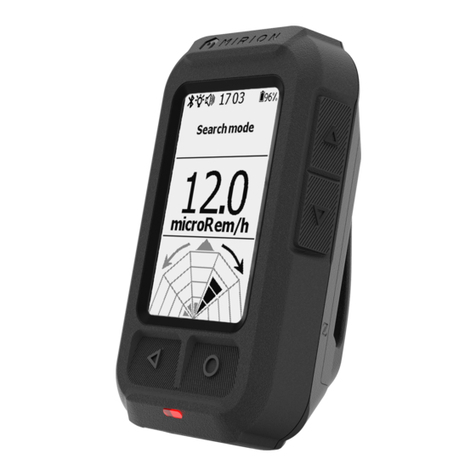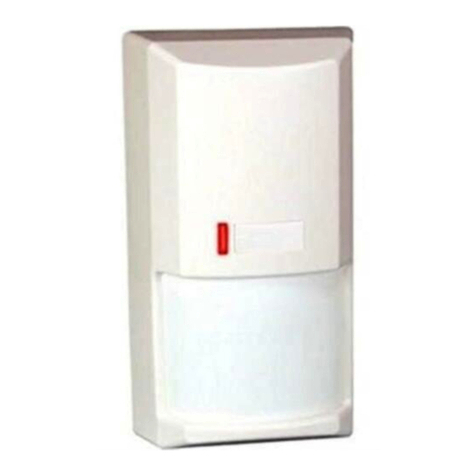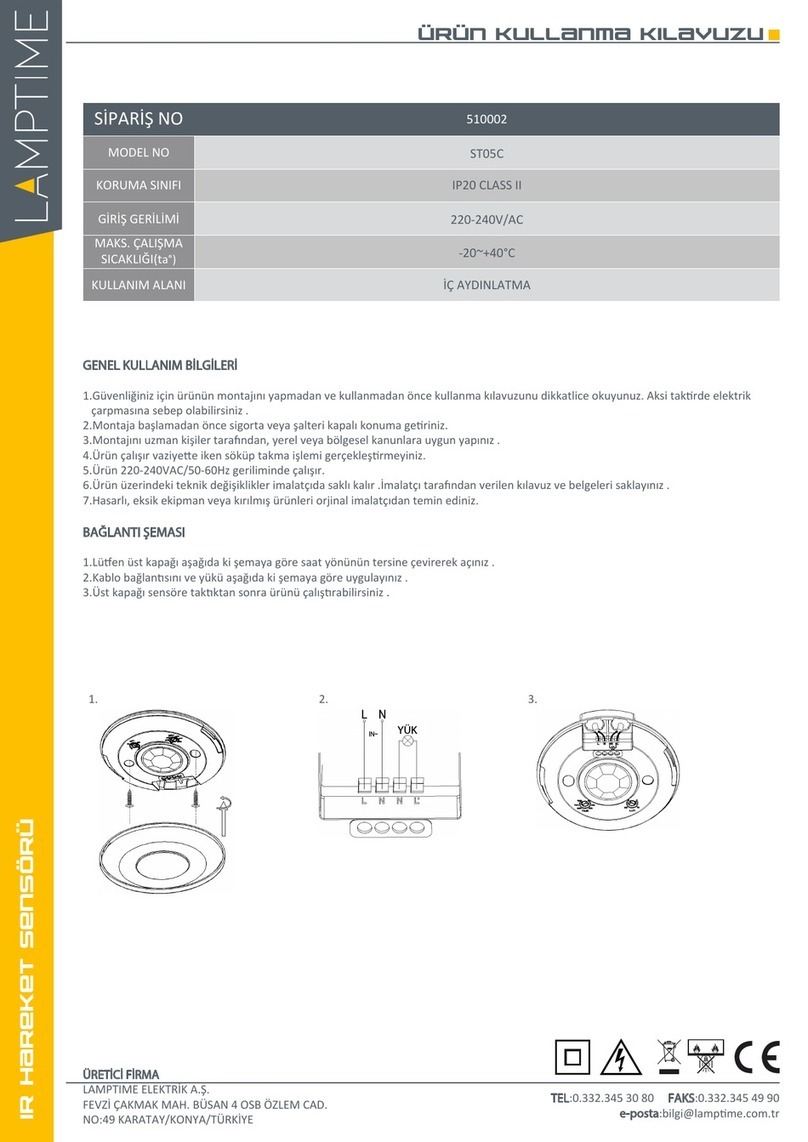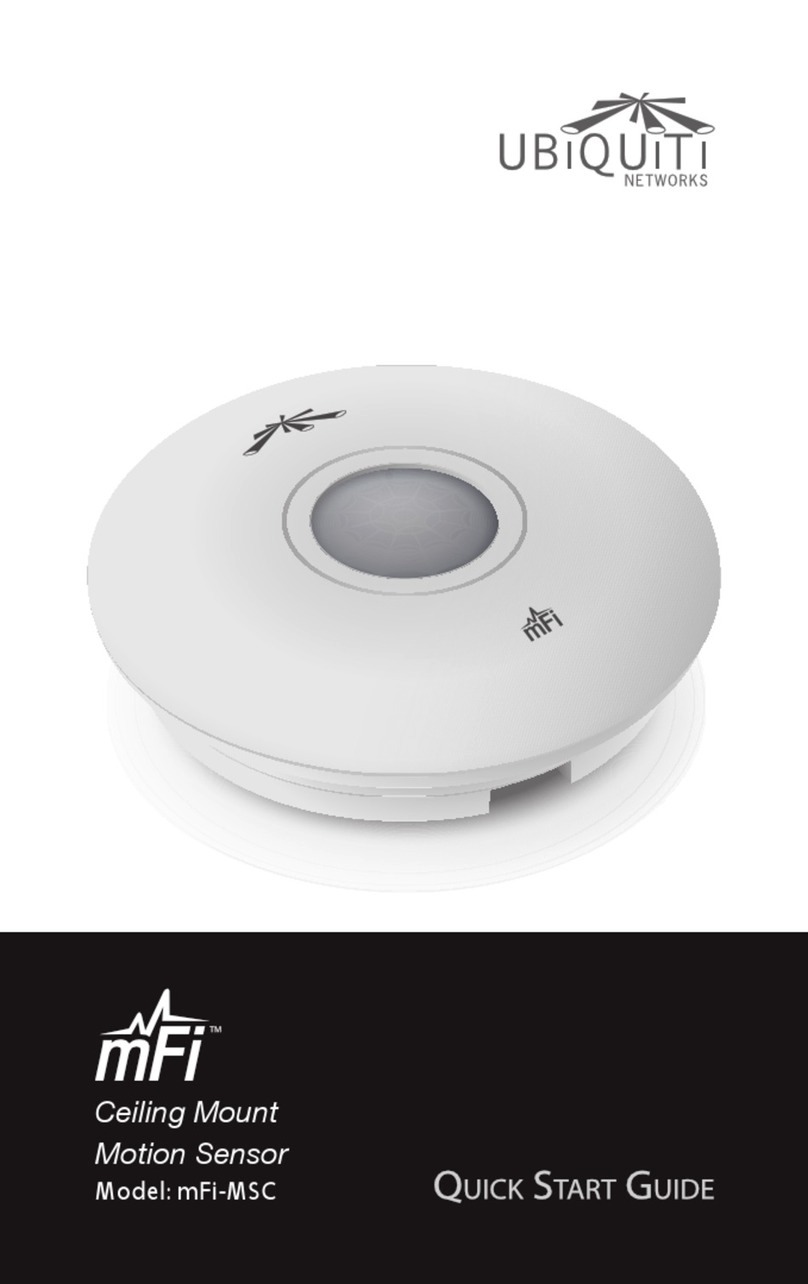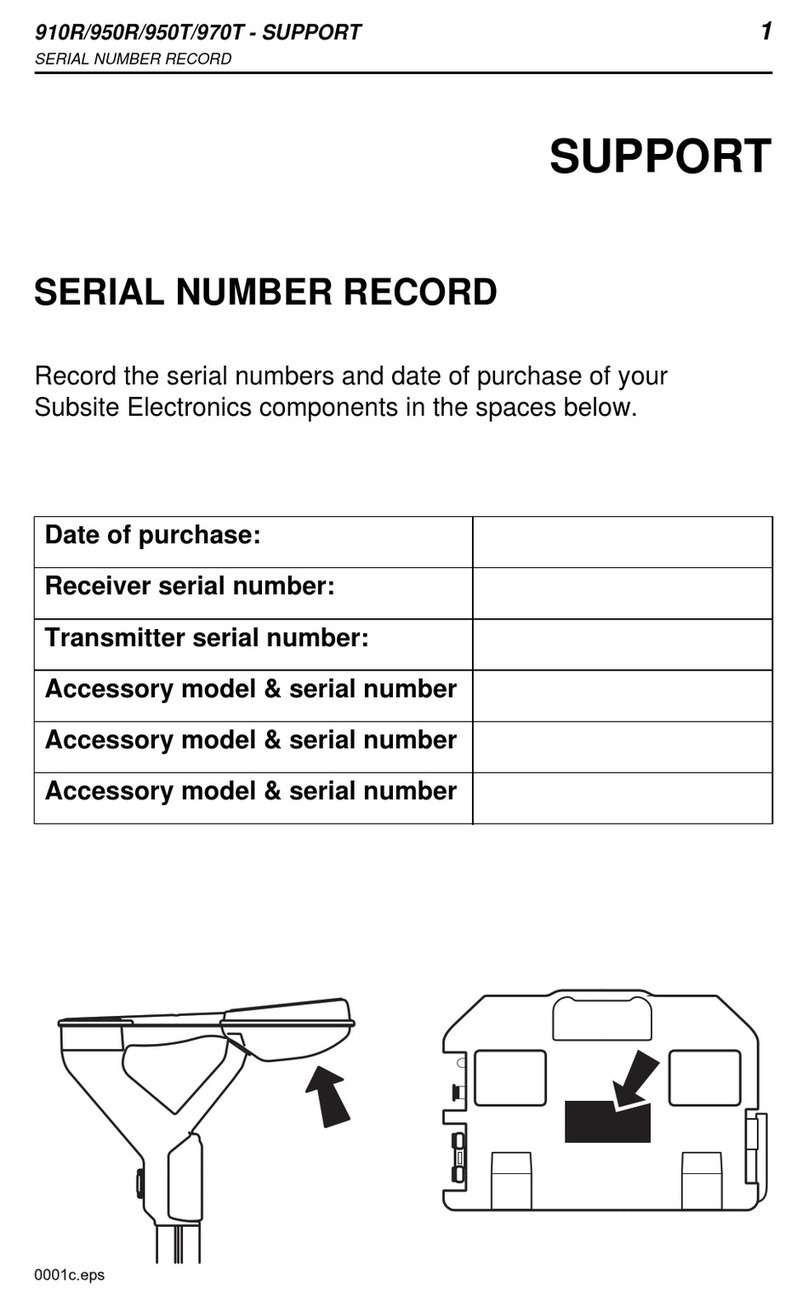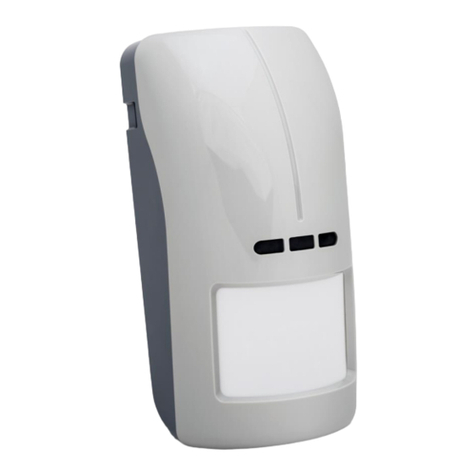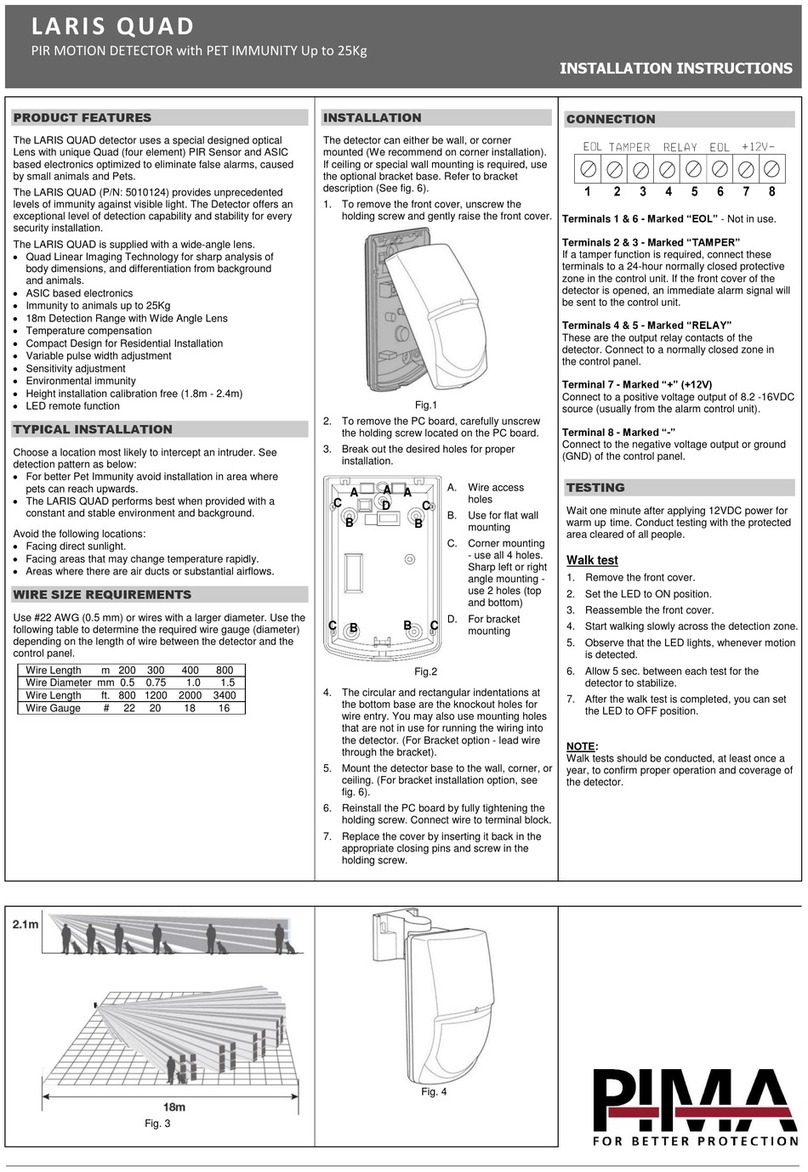
GFE-SWR - INSTALLATION MANUAL - 12/2016
globalfire.pt
Contents
1. Safety instructions............................................................................................................................................................................................... 3
2. Data Sheet .......................................................................................................................................................................................................... 4
3. Function of the detector....................................................................................................................................................................................... 6
3.1 Settings........................................................................................................................................................................................................ 7
4. Installation: Mounting and orientation .................................................................................................................................................................. 7
4.1 General planning guidelines......................................................................................................................................................................... 8
4.2 Performance-requirement A, B and C........................................................................................................................................................... 8
4.3 Cone of vision.............................................................................................................................................................................................. 8
4.5 Shadow effect .............................................................................................................................................................................................. 9
4.6 Voting......................................................................................................................................................................................................... 10
4.7 Mounting below a ceiling............................................................................................................................................................................ 10
4.8 Weather protection..................................................................................................................................................................................... 10
5. Mounting ........................................................................................................................................................................................................... 10
6. Installation: Electrical......................................................................................................................................................................................... 11
6.1 Wiring: Fire Control Panel .......................................................................................................................................................................... 12
6.2 Wiring: PLC................................................................................................................................................................................................ 13
6.3 Installing the manual self-test..................................................................................................................................................................... 14
7. Commissioning and testing................................................................................................................................................................................ 14
7.1 Commissioning........................................................................................................................................................................................... 15
7.2 Testing....................................................................................................................................................................................................... 15
7.3 Failure analysis.......................................................................................................................................................................................... 15
8. Maintenance...................................................................................................................................................................................................... 16
9. Warranty............................................................................................................................................................................................................ 16
10. Appendices...................................................................................................................................................................................................... 17
10.1 Appendix A: EU-Declaration of Conformity - CPR 305/2011/EU............................................................................................................... 17
10.2 Appendix B: EU-Declaration of Performance - CPR 305/2011/EU............................................................................................................ 18
10.3 Appendix C: EU-Declaration of Conformity - ATEX Directive 2014/34/EU................................................................................................. 19
10.4 Appendix D: IECEx-Declaration of Conformity - Hazardous Areas............................................................................................................ 20
10.5 Appendix E: North American approvals –cFMus class 3611 & FM class 3260......................................................................................... 21
